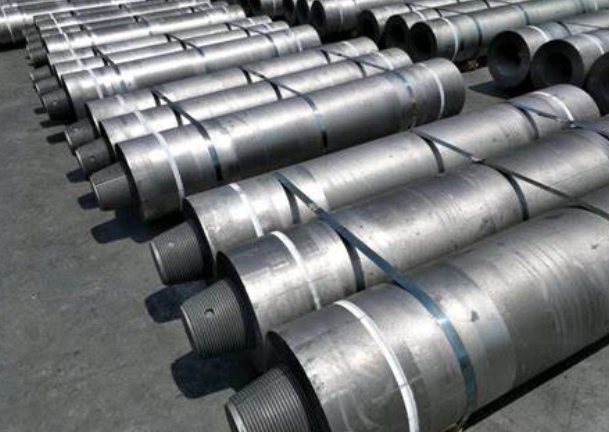
The graphite electrode side consumption rate depends on the oxidation spalling of the electrode surface. As the temperature rises, the oxidation of electrode surfaces accelerates. As the temperature increases, the oxidation of electrodes is increased. The oxidation rate of the graphite electrodes is controlled by oxygen partial pressure on the electrode surface and airflow velocity.
The graphite market in the world is heavily driven by EAF steelmaking. Around 40% of EAF graphite electrode rod demand comes from this industry. But the graphite-electrod market also has other uses, including for oil exploration and petrochemicals.
This report provides an in-depth analysis of the global graphite electrodes market, offering a detailed overview and highlighting price trends within the industry. The report also explores market size and growth, presenting a comprehensive industry forecast and providing key industry statistics.
PORTER Analysis is analyzed along with SWOT, PESTEL Analysis as they relate to market growth. In addition, this study evaluates vendor contributions in the areas of pricing, design, financial status, product lineup, growth strategies, as well as regional presence. This information will help the vendors to understand the competitive landscape and develop effective strategies to gain a better foothold in the Graphite Electrode market.

Graphite Electrode Manufacturers are constantly improving their product to offer the best solution for customers. The manufacturers use these technologies to satisfy the ever-growing demands of their end users. This technological progress will enable graphite electrodes manufacturers to grow their market share.
Graphite electrode is a global market with a few players. SHOWA DENKO K.K. GrafTech International Fangda Carbon New Material Co Ltd Zhongze Group Dan Carbon
It is suggested that a new method can be used to determine the approximate consumption of graphite. Comparing the EASA (electrical surface areas) of electrodes to their geometrical surfaces is the method. Results show that EASA for 15% PE GDE electrodes is 1.3x greater than 25% PE GDE. This is in line with the behavior observed of an electrode during a continuous melting process.
According to the results of the analysis of 23 graphite electrodes, the samples were close in density to those of electrodes made by industrial manufacturers. A test was conducted using a Quantachrome Helium Multipycnometer on these samples. The scrap shavings that were produced when machining the uneven ends of electrodes was also set aside, and then crushed to enable true density tests. The true density of the electrodes was found to be between 1.31 and 1.63 g/cm3, which is consistent with the bulk density of industrially made electrodes. The method proposed for predicting the graphite electrode's consumption is therefore a useful tool to predict the life expectancy of these electrodes. This method can also help determine the ideal electrode shape to use for specific applications.

Write a Message